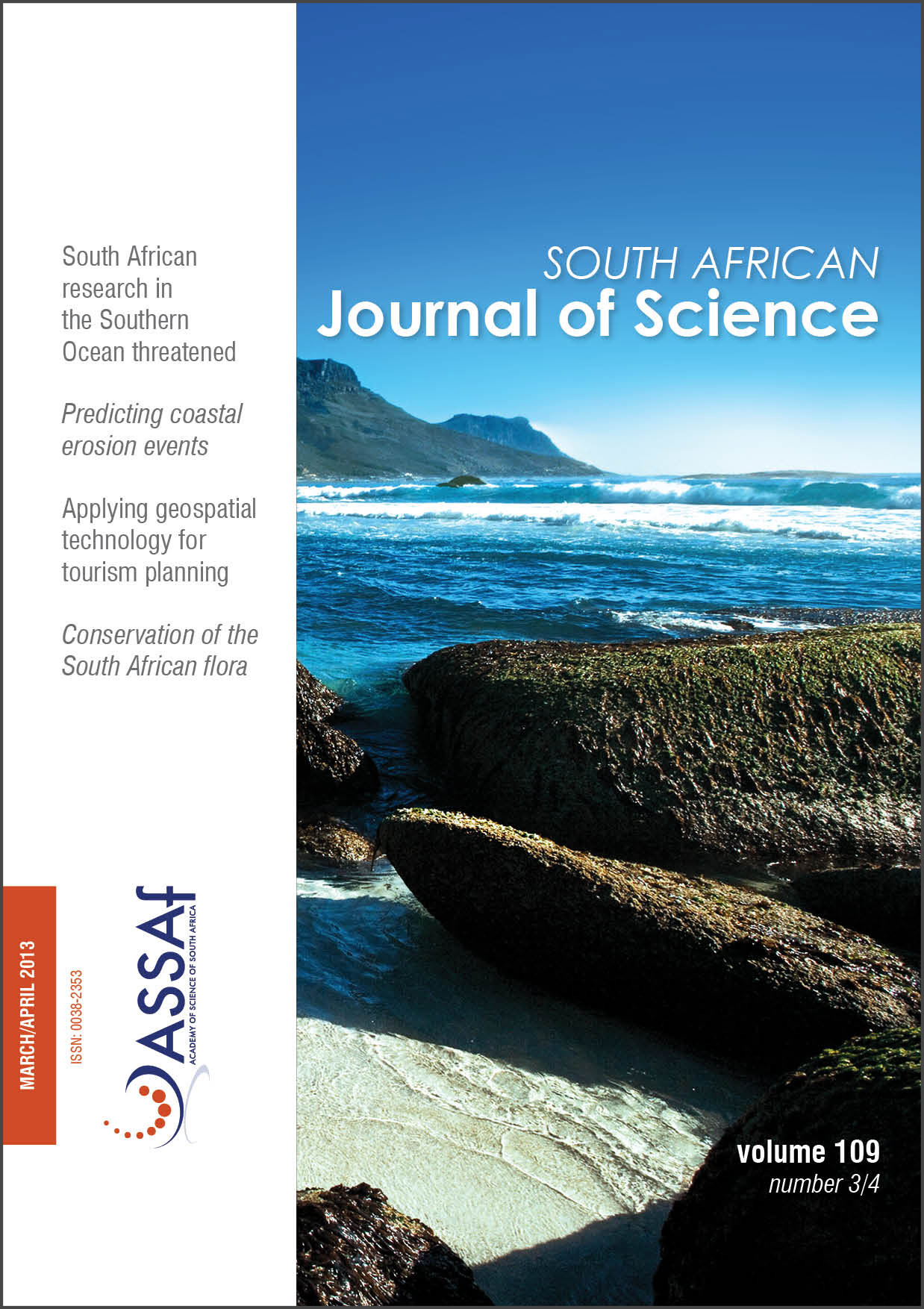Local land-use planning and the role of conservation: An example analysing opportunities
DOI:
https://doi.org/10.1590/sajs.2013/20120026Keywords:
audience research, biodiversity, formative research, social marketing, systematic conservation planningAbstract
South Africa is the world’s third most biodiverse country. The system of protected areas, however, does not capture its biodiversity comprehensively. Local land-use planning processes, and the integration of spatial conservation assessments in these processes, have been proposed as an effective approach to conserving biodiversity outside of protected areas. However, an understanding of the day-to-day processes in local government and the role conservation does or could play, is lacking. We used social marketing, a strategic and analytic approach to influence people’s behavioural choices, to investigate why biodiversity conservation maps have failed to provide the biodiversity protection envisaged and how land-use planners could be persuaded to use the maps effectively. We interviewed 24 officials in six Eastern Cape coastal municipalities. We found that in large municipalities the maps were used by environmental units, whereas in intermediate and small municipalities they were used primarily by the consultants that prepare municipal planning documents. The land-use planning system was not fully functional, because of a lack of capacity and importance accorded to the issue. We could not identify any benefits that land-use planners might perceive in using the maps that directly related to conservation. We found that the younger generation of officials showed less sensitivity to biodiversity concerns. Furthermore, we found the relationship to the political hierarchy to be pivotal. For conservation to succeed, new approaches – for example engaging with the land-use planning domain to include conservation assessments – will be necessary. Including political actors in the processes is crucial.
Published
Issue
Section
License

All articles are published under a Creative Commons Attribution 4.0 International Licence
Copyright is retained by the authors. Readers are welcome to reproduce, share and adapt the content without permission provided the source is attributed.
Disclaimer: The publisher and editors accept no responsibility for statements made by the authors
How to Cite
- Abstract 478
- PDF 412
- EPUB 185
- XML 286













.png)